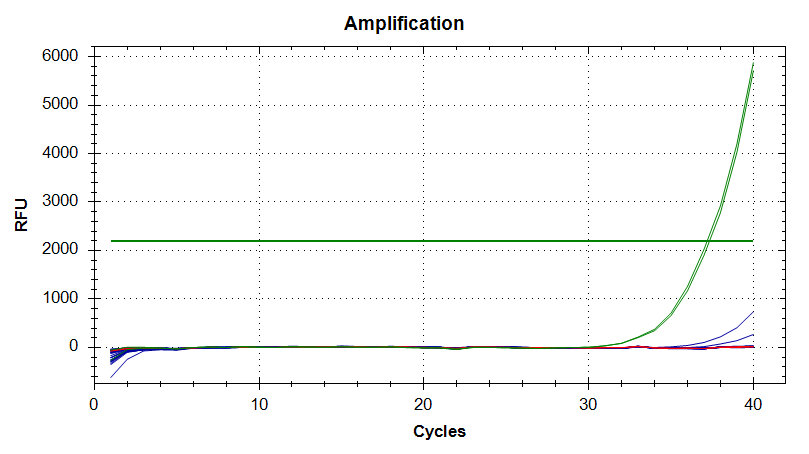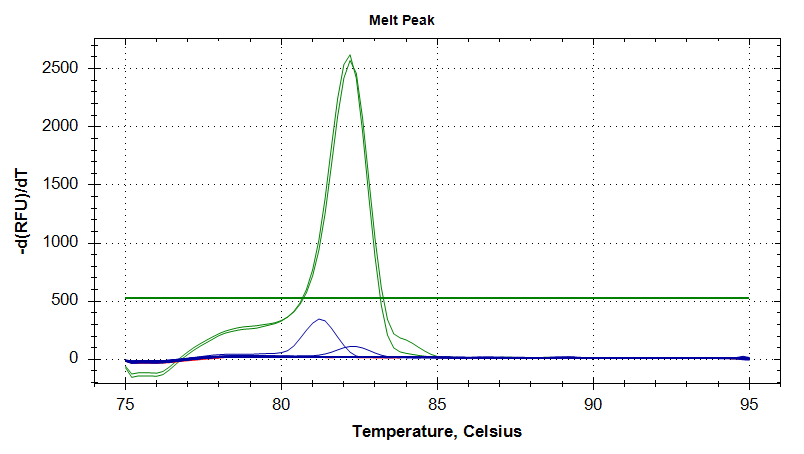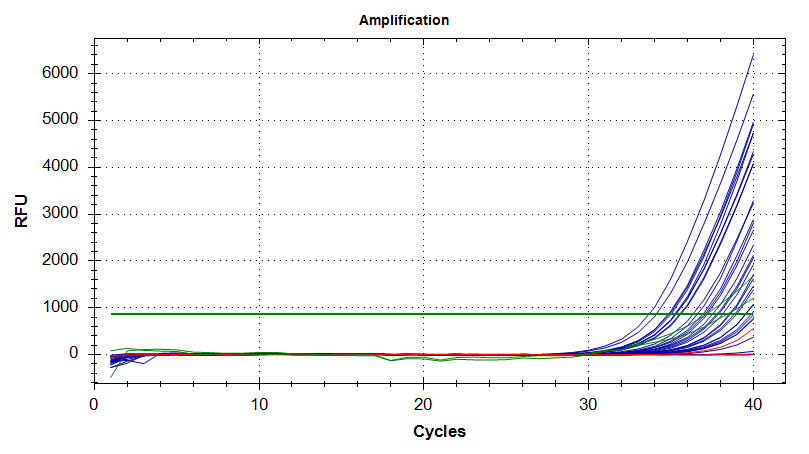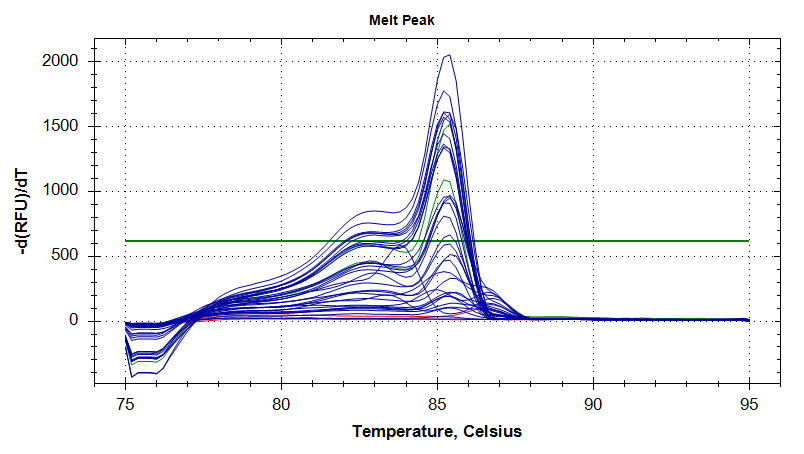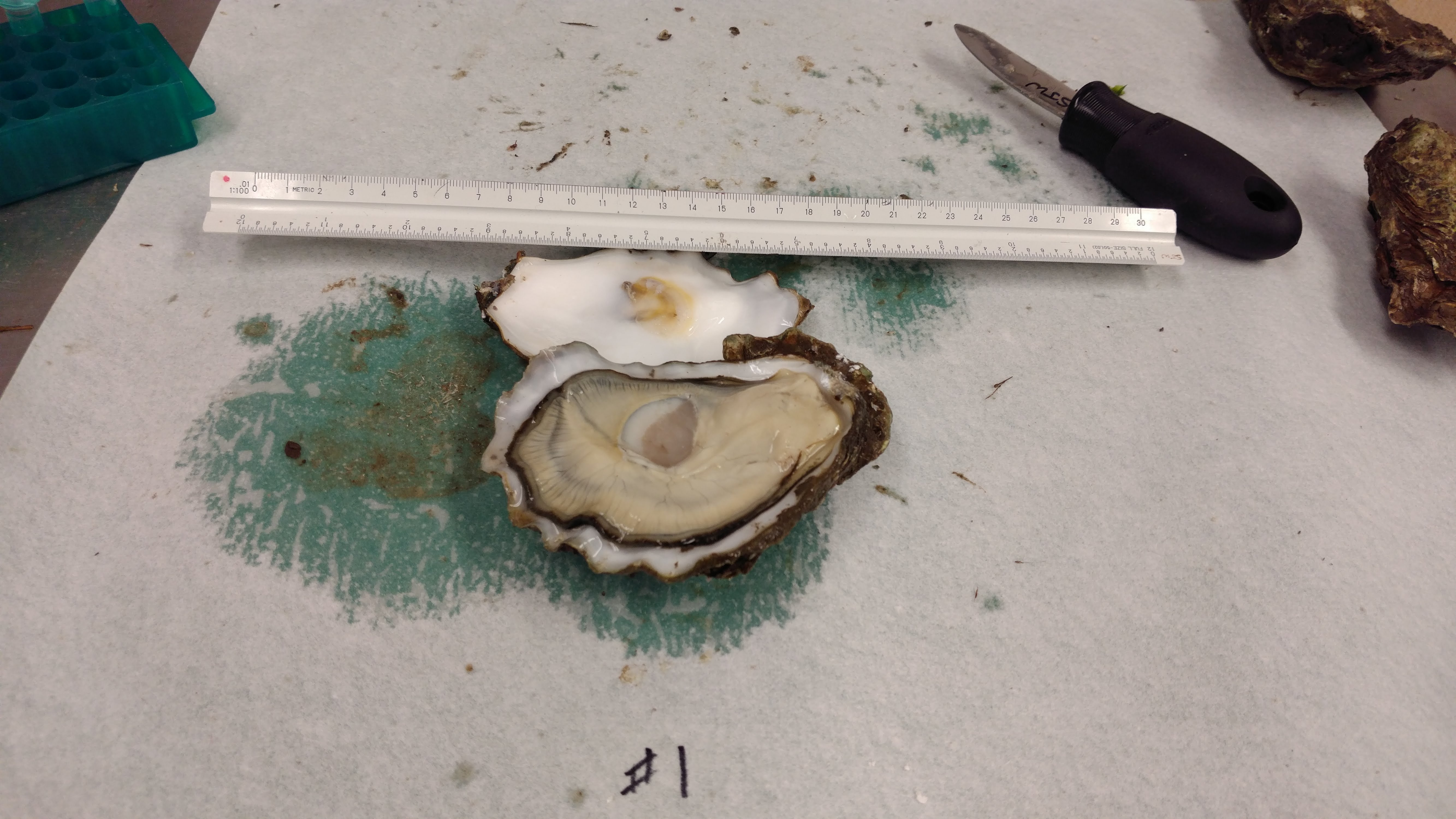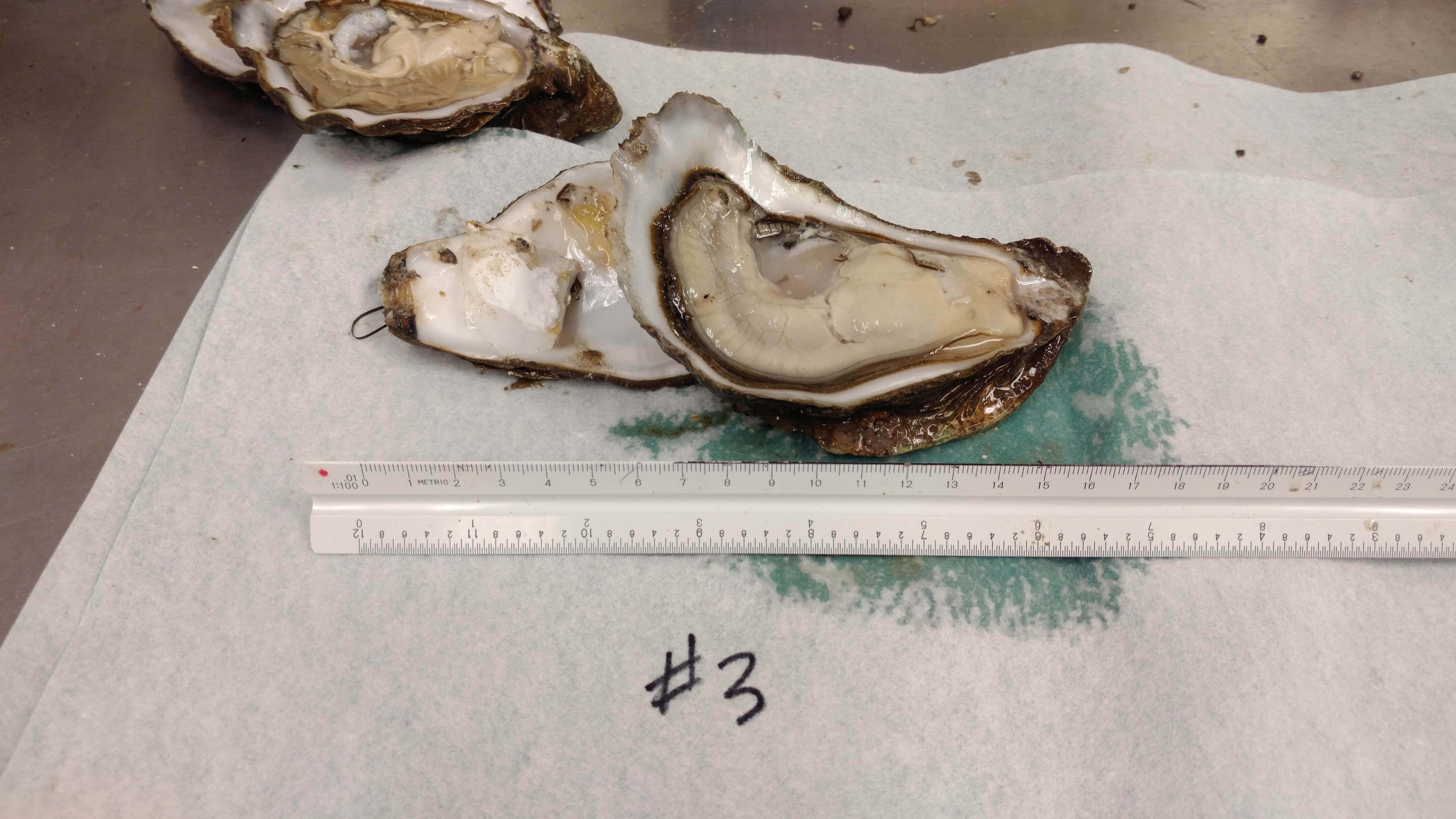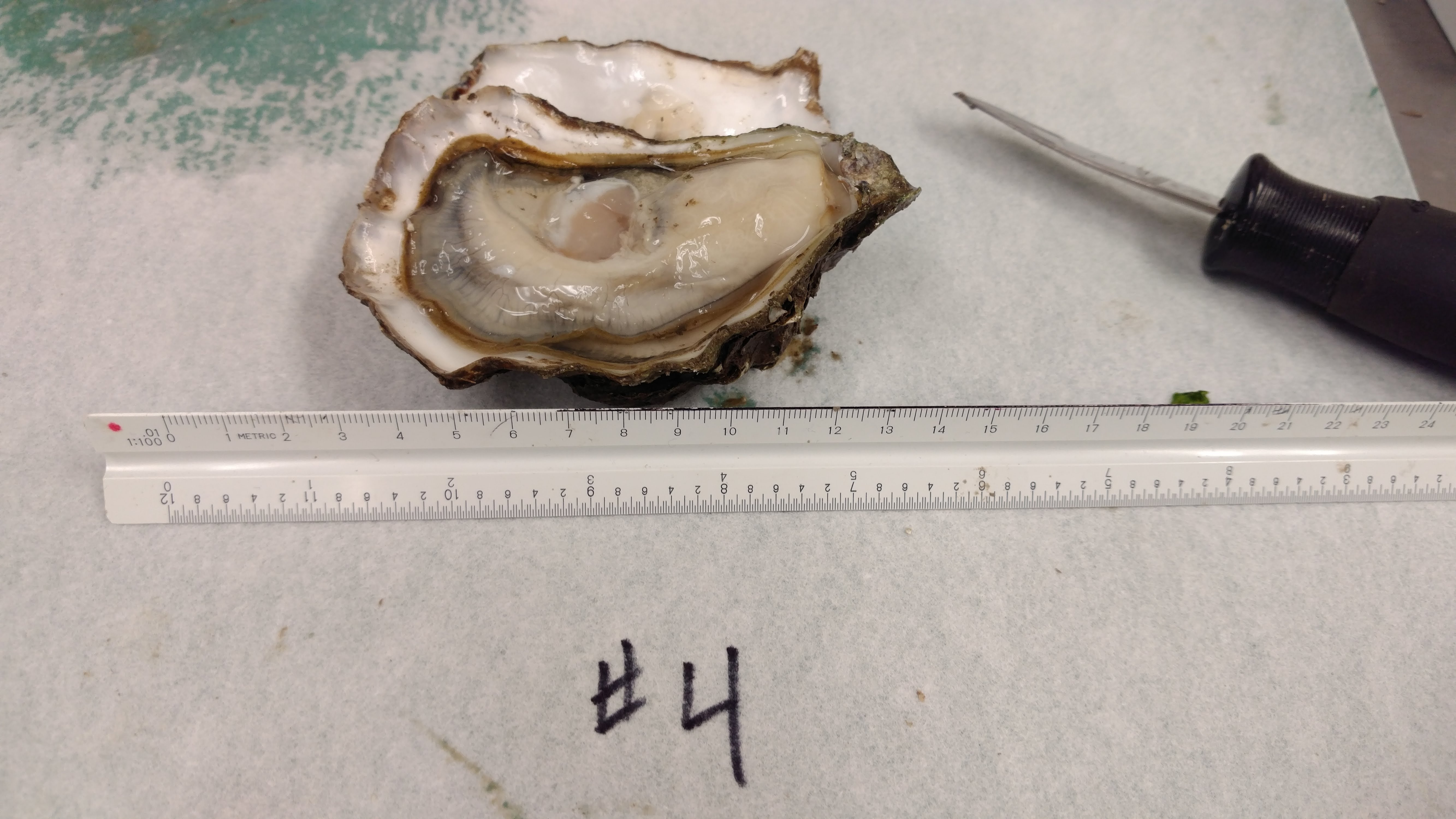Proceeded with reverse transcription of Ronit’s DNased ctenidia RNA (from 20181016).
Reverse transcription was performed using 100ng of each sample with M-MMLV Reverse Transcriptase from Promega.
Briefly, 100ng of DNased RNA was combined with oligo dT primers and brought up to a final volume of 15uL. Tubes were incubated for 5mins at 70oC in a PTC-200 thermal cycler (MJ Research), using a heated lid. Samples were immediately placed on ice.
A master mix of buffer, dNTPs, water, and M-MMLV reverse transcriptase was made, 10uL of the master mix was added to each sample, and mixed via finger flicking. Samples were incubated for 1hr at 42oC in a PTC-200 thermal cycler (MJ Research), using a heated lid, followed by a 5min incubation at 65oC.
Samples were stored on ice for use later this afternoon by Ronit.
Samples will be stored in Ronit’s -20oC box.
Reverse transcription calcs (Google Sheet):
